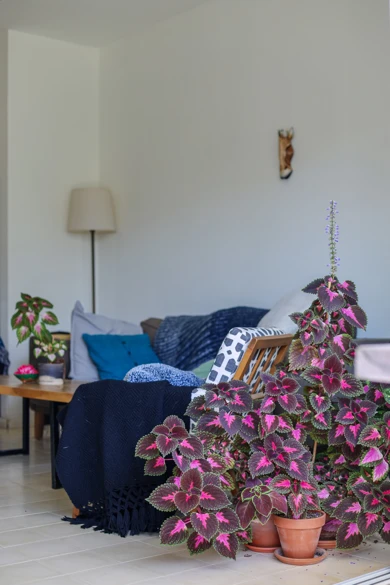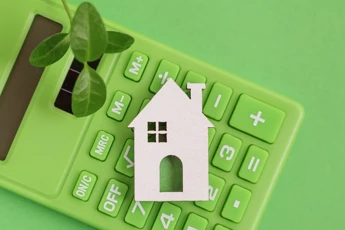A household’s consumption contributes to a huge 72% of greenhouse emissions. But this can change. There are things you can do to improve the energy efficiency of your house and contribute to the government’s net zero target by 2050.
It starts at home
You create your own net zero strategy with five simple changes around your home.
Not only will you reduce your household bills (which will be music to your ears right now!), but your house will become a more comfortable place to live.
The best part is these changes don’t have to be big or costly. Small actions could make significant changes.
1) Switch to a smart meter
This is a great place to start on your journey to reducing your carbon footprint. A smart meter will track exactly how much energy you’re using every day. This will highlight areas where you could make cutbacks. The best part is, it won’t cost you anything. Contact your energy supplier to get one installed for free.
2) Insulate your home
To reduce overall heat loss, replace old windows with double or triple glazing, and insulate the loft and cavity walls. If your loft is already insulated, then it might need topping up to 30cm depth (the recommended government amount). Insulating your home is beneficial if you live in an older property, particularly if it was built before 1990, as it’s likely to be draughtier.
3) LED lighting
LED light bulbs will last up to 10 times longer than standard light bulbs, and they’re cheaper to run too. You can choose between bright, white light or soft, warm light. You could even go one step further and install smart controls that detect motion and save energy when rooms aren’t in use.
4) Reduce your heating
The most effective, but more expensive option is to upgrade your boiler and heating controls. Alternatively, you could make smaller changes, such as turning the thermostat down, turning radiators off in rooms that aren’t being used, and cleaning radiator systems to clear out any sludge.
5) Solar panels
You can get free energy from the sun – how amazing is that? Solar panels work by converting sunlight into electricity. It still works when it’s cloudy too, so you don’t need to worry about a power cut when the clouds come over! It’s a clean, renewable energy source so it’s a great way to reduce your carbon footprint.
Get started today
Making these changes means you’ll be less reliant on non-renewable energy sources, which will make a difference if you’re looking to reduce the amount of greenhouse gas emissions your home emits.
Important information
Your home may be repossessed if you do not keep up repayments on your mortgage.
There may be a fee for mortgage advice. The actual amount you pay will depend on your circumstances. The fee is up to 1% but a typical fee is 0.3% of the amount borrowed.
How to make your home more sustainable on a budget
Want to make your home more eco-friendly but don't have a lot of resources to make it happen? We've put together our top tips for making your house more environmentally friendly (without breaking the bank).
The UK’s path to net zero
The UK announced its 2050 net zero goal in 2021, and while this news was met with applause, there was also a healthy level of concern, especially in the housing industry.
What’s a green mortgage?
A green mortgage is a new incentive designed to encourage homebuyers to think of the environmental impact of their homes. And while there’s a lot of information out there, not enough people are talking about green mortgages.
No posts currently available




